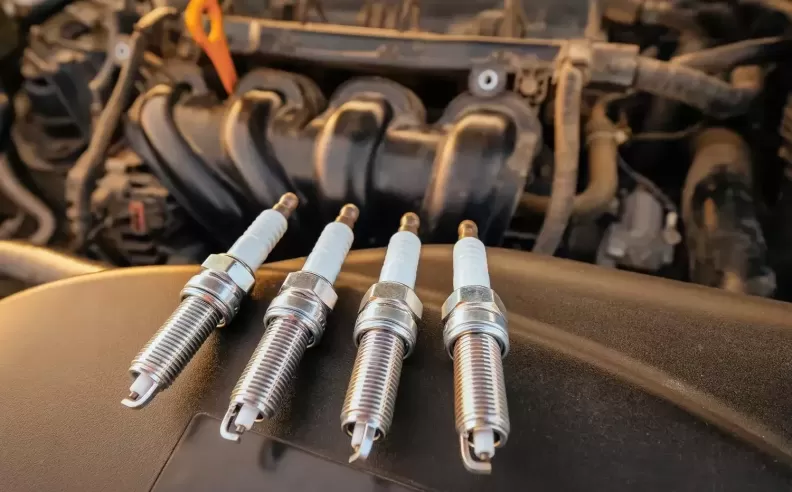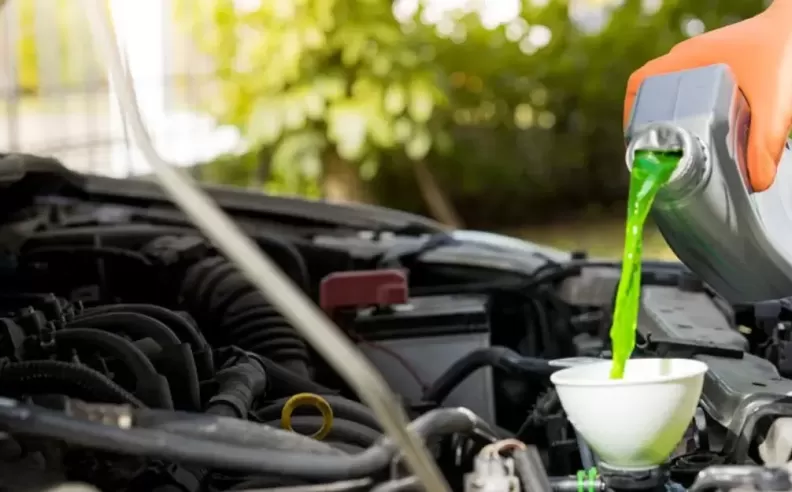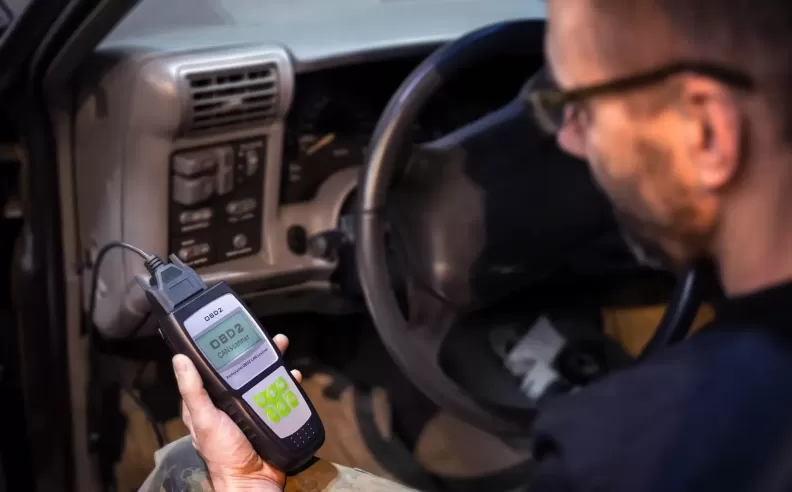
As cars become more advanced, diagnosing vehicle issues no longer relies only on sound or visual clues. The OBD II system (short for On‑Board Diagnostics II) has become a go‑to tool for drivers and mechanics alike. Found in most cars built after 1996, this technology reveals what’s really happening under the hood—without the guesswork.
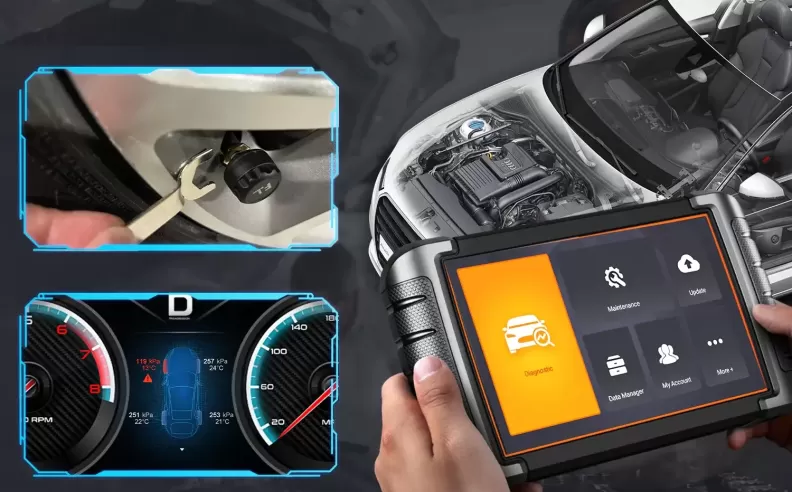
OBD II is a built-in electronic system that communicates directly with your car’s computer. It gathers data from various sensors connected to the engine, exhaust system, transmission, and safety components.
To perform a scan, a small diagnostic tool is plugged into the OBD II port (usually found below the steering wheel). Once connected, the device reads error codes known as DTCs (Diagnostic Trouble Codes). These codes reveal which part of the car is malfunctioning.
Many OBD II tools also show live performance data like fuel efficiency, engine RPM, and airflow pressure, giving drivers a deeper understanding of how the car is running in real time.

OBD II scanners can uncover a wide range of mechanical and electronic faults, including:
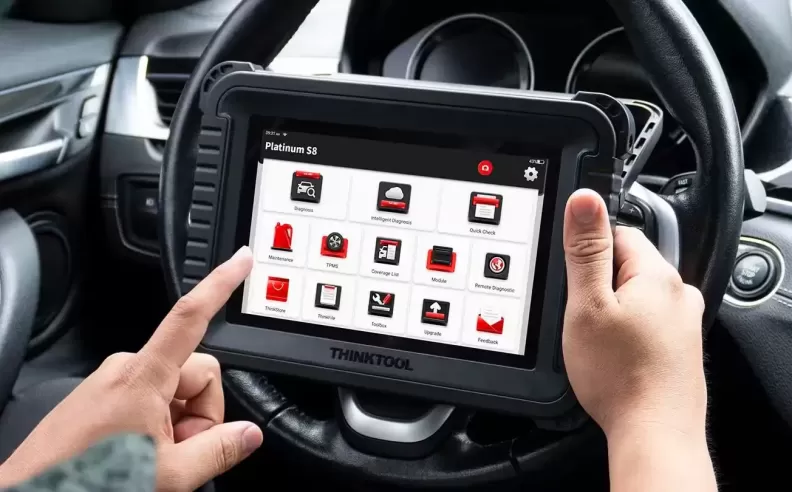
Here’s how a typical diagnostic scan is done:
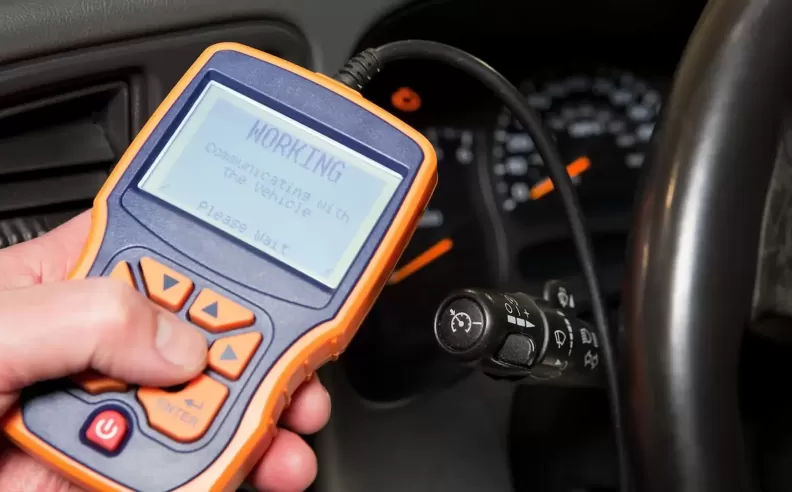
What is the OBD II system in a car?
It’s an electronic diagnostics system built into modern cars that monitors how the engine and related systems perform. When something’s wrong, it shows specific error codes.
Which problems can an OBD II scan detect?
It can detect engine issues, fuel system problems, faulty sensors, automatic transmission errors, and emission failures like a damaged catalytic converter.
How do I run a scan with an OBD II tool?
Just plug the tool into the OBD II port, turn the ignition on, and let the scanner read the codes. It only takes a few minutes.
Can I use an OBD II scanner myself?
Yes. Many compact scanners are designed for drivers and connect via Bluetooth to show results on your phone using dedicated apps.
Why should I scan my car with OBD II?
It helps catch issues early, saves money on repairs, prevents breakdowns, and lets you monitor your engine’s health in real time.
Can I turn off the Check Engine light with OBD II?
Yes, after resolving the problem, most scanners allow you to clear the code and reset the warning light.

Started my career in Automotive Journalism in 2015. Even though I'm a pharmacist, hanging around cars all the time has created a passion for the automotive industry since day 1.
